Applications: Redefining The Microscope
Quantitative Phase Imaging
Standard microscopes only measure absorption – how much light is absorbed by the sample at each point. For samples which are mostly water (such as cells) this leads to poor contrast, since these samples are transparent. Phase imaging methods such as Phase Contrast and Differential Phase Contrast (DIC) provide a mixture of phase and absorption, but cannot measure phase directly, which contains valuable information about the thickness and dry mass of cells which can be used for diagnosis of the cellular state. Coded illumination enables accurate phase retrieval, which provides this information.
-L. Tian, L. Waller, Opt. Express 23(9) (2015)
Gigapixel-Scale Imaging
Super-resolution algorithms can improve the imaging quality of a microscope by up to 5x, generating images with the field of view of a 4x objective, but the resolution of a 40x objective.
Motion Deblurring
Imaging very large samples require mechanical scanning of the sample. This is a long, time-consuming process since the objective must move to hundreds or thousands of positions, stop, autofocus, and take a picture to form a complete image. Motion deblurring using coded illumination enables users to take images while the sample is moving at speed, enabling fly-by captures and much faster acquisitions.
-C. Ma, Z. Liu, L. Tian, Q. Dai, L. Waller, Optics Letters 40(10), 2281-2284 (2015).



